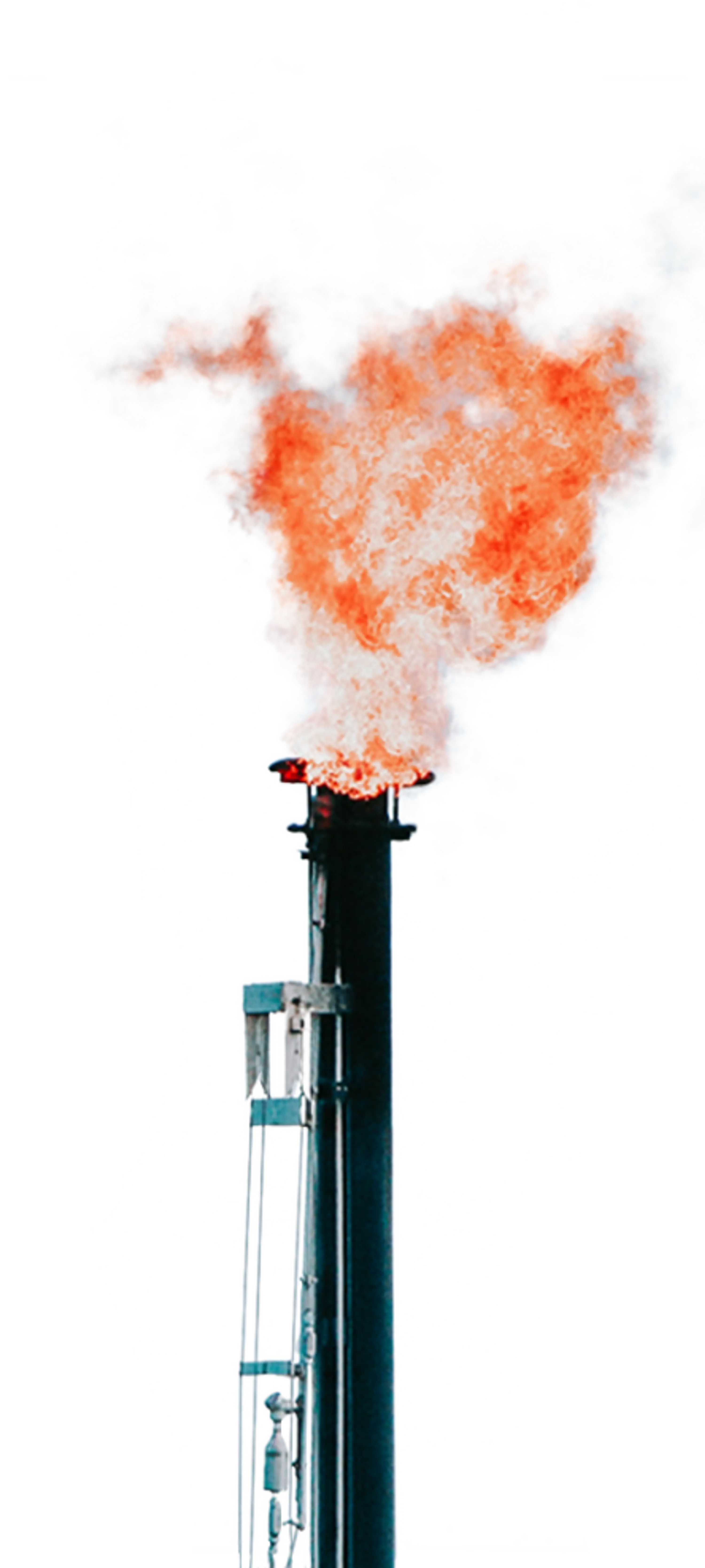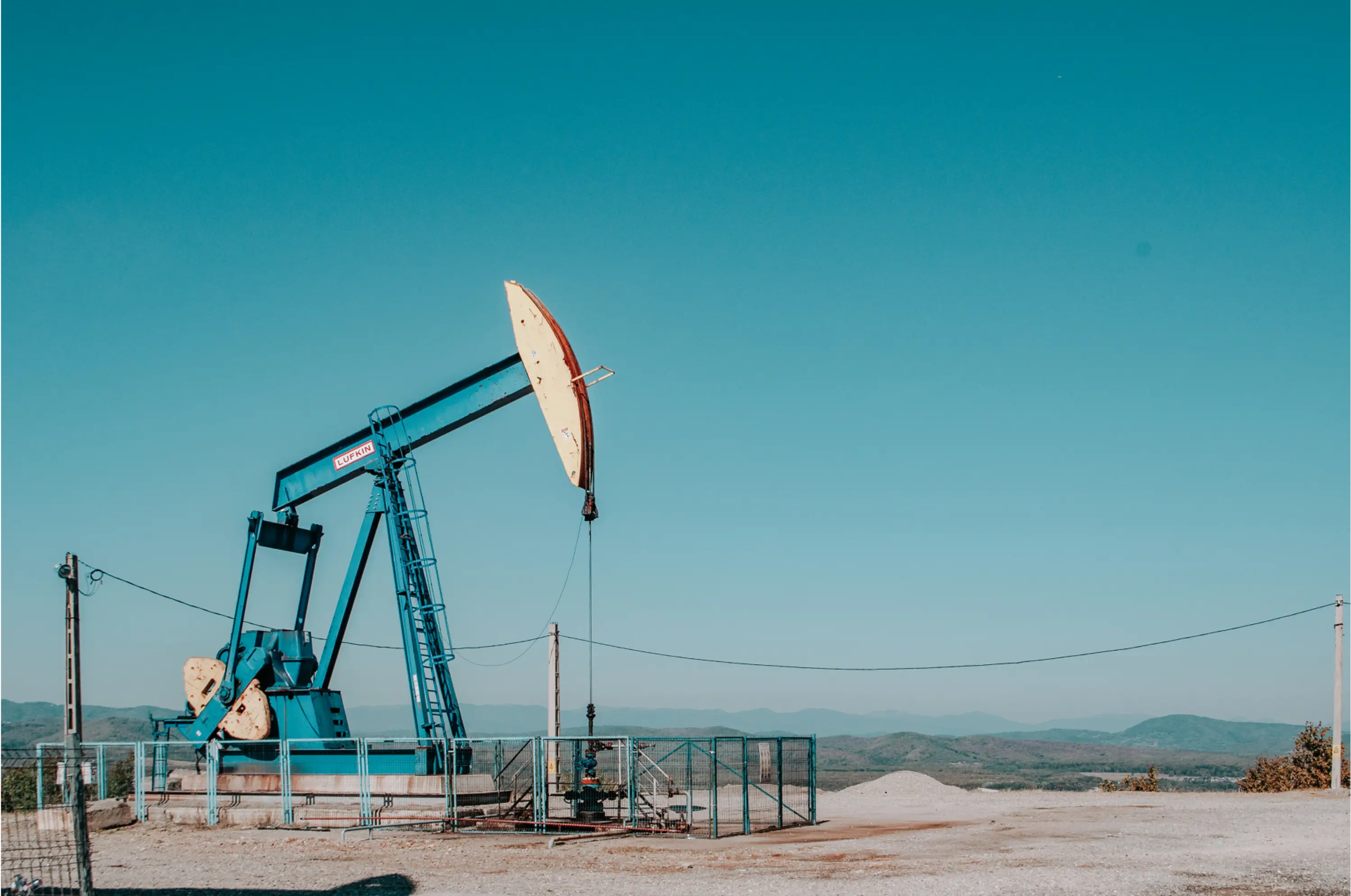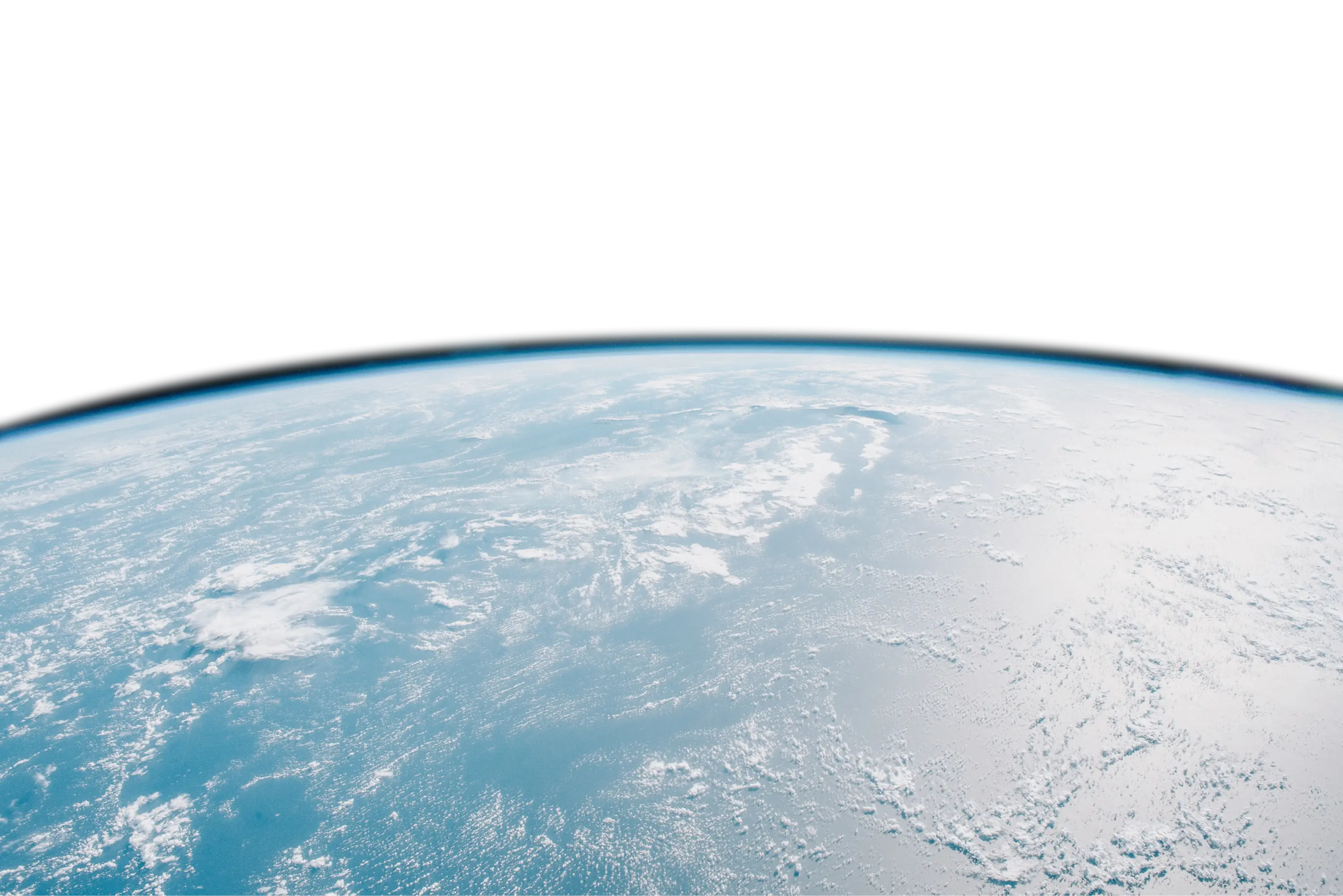MethaneSAT
ENABLING FASTER ACTION
ENABLING
FASTER ACTION
MethaneSAT’s goal is simple: to motivate and enable urgent action to reduce methane emissions.
Around the world, industry and governments are making policies and commitments to cut methane emissions. Investors, gas buyers and the public are focusing intently on the role methane plays in the global climate crisis.
The result is an urgent need for free, accurate, high-resolution quantification and tracking of total emissions to find and fix leaks faster and document that progress.
Scroll to learn more
METHANE EMISSIONS
ARE FAR WORSE
THAN WE THINK
An unprecedented research effort involving hundreds of scientists and industry experts revealed that methane emissions across the U.S. oil and gas supply chain were far greater than government estimates suggested. The industry faces similar concerns worldwide.
MethaneSAT will locate and quantify methane emissions from oil and gas operations almost anywhere on Earth and track progress over time. The free data will enable both companies and countries to identify, manage and reduce their emissions, and allow investors, gas buyers and the public to see and compare results.
METHANE EMISSIONS
ARE FAR WORSE
THAN WE THINK
An unprecedented research effort involving hundreds of scientists and industry experts revealed that methane emissions across the U.S. oil and gas supply chain were far greater than government estimates suggested. The industry faces similar concerns worldwide.
MethaneSAT will locate and quantify methane emissions from oil and gas operations almost anywhere on Earth and track progress over time. The free data will enable both companies and countries to identify, manage and reduce their emissions, and allow investors, gas buyers and the public to see and compare results.
Our estimate
13 Mmt per year
Environmental Protection Agency estimate
8.1 Mmt per year

FOSSIL FUELS ARE
A MAIN SOURCE
OF METHANE
The oil and gas industry emits 80 million tonnes of methane every year.
It is the second largest source of human-caused methane emissions after agriculture.
FOSSIL FUELS ARE
A MAIN SOURCE
OF METHANE
The oil and gas industry emits 80 million tonnes of methane every year.
It is the second largest source of human-caused methane emissions after agriculture.


Methane emitted
from all human activity
38% are emitted
from oil and gas industry activities
75% reduction possible
with today's technologies
TODAY'S TOOLS
COULD ELIMINATE
MOST EMISSIONS
Our data will help prioritize areas where we can reduce the most emissions, using efficient and cost-effective solutions.
MethaneSAT will make it faster and cheaper than ever to locate, measure and reduce oil and gas methane emissions almost anywhere on earth.
TODAY'S TOOLS
COULD ELIMINATE
MOST EMISSIONS
Our data will help prioritize areas where we can reduce the most emissions, using efficient and cost-effective solutions.
MethaneSAT will make it faster and cheaper than ever to locate, measure and reduce oil and gas methane emissions almost anywhere on earth.
THE FASTEST WAY TO
CURB CLIMATE CHANGE
MethaneSAT will offer greater sensitivity than any other satellite, enabling high-precision tracking of emissions that others can’t see.
It will fill a crucial gap among existing and planned detection technologies, offering precise measurements on a global scale.


METHANESAT WILL
REVEAL EMISSIONS
ACROSS THE GLOBE
MethaneSAT will provide regular monitoring of regions accounting for at least 80% of global oil and gas production, measuring emissions over large areas and from specific sites. It will see concentration differences as small as three parts per billion and will quantify not only how much is escaping, but also how fast.
MethaneSAT will also be able to measure methane from agriculture and other sources.
METHANESAT WILL
REVEAL EMISSIONS
ACROSS THE GLOBE
MethaneSAT will provide regular monitoring of regions accounting for at least 80% of global oil and gas production, measuring emissions over large areas and from specific sites. It will see concentration differences as small as three parts per billion and will quantify not only how much is escaping, but also how fast.
MethaneSAT will also be able to measure methane from agriculture and other sources.

80%
monitored by MethaneSAT
All regions
of global oil and gas production
M
T
W
T
F
S
S
FROM WEEKS
TO DAYS
MethaneSAT analytics will transform a process that currently takes scientists weeks and up to months, delivering actionable data in just days through a new cloud-based data platform.
FROM WEEKS
TO DAYS
MethaneSAT analytics will transform a process that currently takes scientists weeks and up to months, delivering actionable data in just days through a new cloud-based data platform.


ACTING NOW
IS ESSENTIAL
As we hit a record high in methane emissions, every continent is feeling the impact of climate change, intensifying floods, droughts and calls for urgent action.
ACTING NOW
IS ESSENTIAL
As we hit a record high in methane emissions, every continent is feeling the impact of climate change, intensifying floods, droughts and calls for urgent action.
At our current speed
+0.54°C warming
If we slow down methane emissions
+0.27°C warming



2020
2030
2040
2050
WE COULD SLOW
RATE OF WARMING
BY 30%
Now — right now — is the methane moment.
Cutting these emissions is the fastest most cost-effective way to slow the rate of warming right now, even as the clean energy transition continues. The International Energy Agency says methane emissions from oil and gas operations could be eliminated for almost no cost.
Now — right now — is the methane moment.
Cutting these emissions is the fastest most cost-effective way to slow the rate of warming right now, even as the clean energy transition continues. The International Energy Agency says methane emissions from oil and gas operations could be eliminated for almost no cost.
WHO WE ARE
MethaneSAT LLC is a wholly-owned subsidiary of the nonprofit Environmental Defense Fund, which has a long record of working successfully with both businesses and policymakers to create innovative, science-based solutions to critical environmental challenges. EDF has been a leader in methane research, policy and management practices for over a decade.
Learn more about EDF
>
URGENT NEED
Beginning in 2012, EDF organized an unprecedented series of 16 independent studies involving more than 150 academic and industry experts to assess methane emissions at every stage in the U.S. oil and gas supply chain. A 2018 synthesis of the work published in Science found that the U.S. oil and gas industry was emitting at least 13 million metric tons of methane a year—nearly 60% more than government estimates at the time.
Read the groundbreaking report
>
DATA FOR EVERYONE
Along with the satellite, we are flying a methane-tracking jet called MethaneAIR. Data from these flights will be used help refine our data analytics and augment our findings once MethaneSAT is launched.
Read more about MethaneAIR
>
Receive updates from MethaneSAT
Copyright © 2024 Environmental Defense Fund. All Rights Reserved. Privacy statement. Terms of Use.
Environmental Defense Fund is a nonprofit, tax-exempt charitable organization under Section 501(c)(3) of the Internal Revenue Code. Donations are tax-deductible as allowed by law. Tax identification number 11-6107128.
EDF operates with the highest standards of ethics and open, honest communication. Read our whistleblower policy or report a concern through our confidential, third-party compliance site.
301 Congress Ave.
Suite 1300
Austin, TX 78701